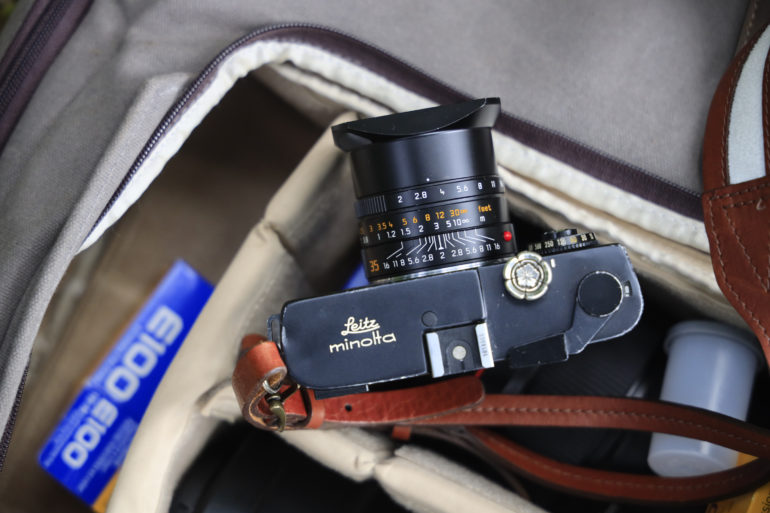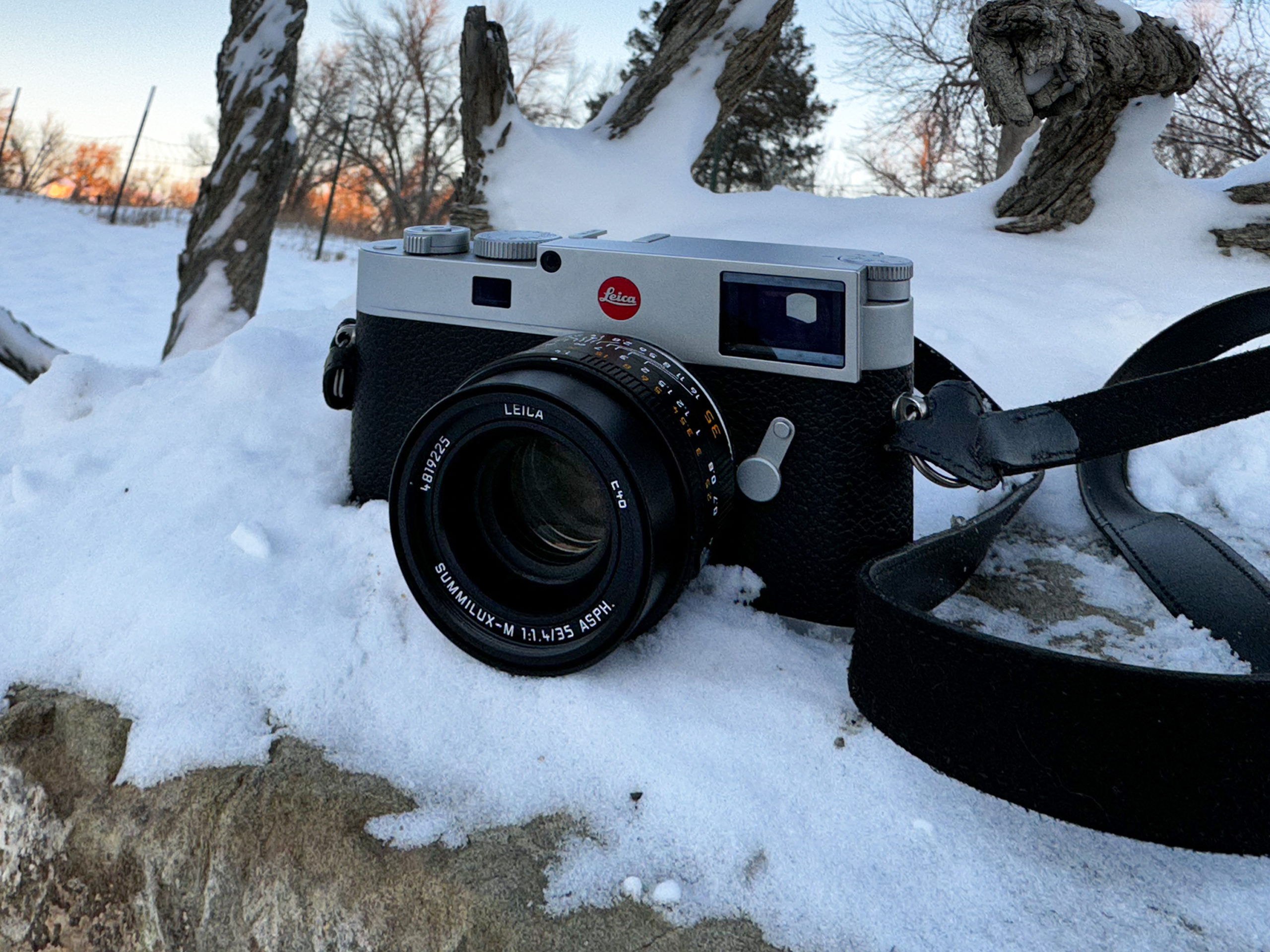There are lots of wonderful reasons to begin using a rangefinder. Whether they’re film cameras or digital cameras, you’re going to be shooting with a rangefinder in a completely different way. And we think that there are great reasons to get into this type of shooting because they eventually make you a better shooter with autofocus cameras. So here are some things about using a rangefinder camera that you probably didn’t know: for the experienced and the newbie.
Blue Cellophane
Here’s a pretty crazy one! Did you know that if you’ve got a rangefinder camera that has a dark viewfinder that blue cellophane can really help? And if you don’t have blue cellophane, and photographic gel can help. Here are some insights from a previous article we did that will making using a rangefinder much easier.:
The blue cellophane rangefinder trick is especially useful if you purchase vintage cameras. I used to do this with Yashica cameras that I’ve owned in the past, and it also helped with Olympus rangefinders. The single best Canonnet QL17 that I’ve seen had blue cellophane on it. I’ve rarely had to do this with my Leica M6 or my CL. I also never had to do it with my Voigtlander Bessa R. It all depends on the condition the cameras are in. If your camera just came back from getting a CLA, I’d recommend not using blue cellophane. (Of course, that depends on how good a job was done.) Sometimes you may need it. Sometimes it may just be better for you to just buy another camera. The key here is to know that you’re probably going to have to replace your cellophane often.
Of course, it’s only a temporary solution and after a while you’re going to need to get a CLA done on your camera. But it’s a band-aid to make the problem not get much worse.
Smaller Lenses are Better Than Faster Lenses

In mirrorless and DSLR camera spaces, everyone wants faster aperture lenses. And surely that’s the case with rangefinders as well. But the thing with using a rangefinder is that the bigger lenses often obstruct the viewfinder and make composing your photos that much more difficult. If you’re using a digital rangefinder that has an EVF or a live view screen, then you’re in better shape. But otherwise, it’s why companies like Leica make f2 Apochromatic lenses. These lenses give you bokeh and a pop that looks like that of a faster lens.
How to Shoot at a Super Slow Shutter Speed Using a Rangefinder
Mirrorless cameras these days have an electronic shutter option that lets you shoot at a super slow shutter speed with little issue. The reason for this is because the shutter unit isn’t actually moving. But the shutters in rangefinder cameras tend to be designed differently. In fact, we’ve really preferred them. Here’s how to shoot down to 1/15th of a second:
- Put the camera to your eye
- Focus on a subject
- Meter the scene
- Breathe all the way in. Fill the belly, ribs, and chest. Hold it for a second
- Let 75% of the air out
- Inhale back until your half full
- Shoot the photo
This is a balanced way between the people who say that you have to fill your lungs all the way up and those who say that you have to release all the air out. When I was in my late 20s, I really preferred to fill my lungs up. As I’ve gotten older and developed a few health issues, I prefer this more balanced approach.
No, You Don’t Need a Grip
Lots of folks buy rangefinders and think that they need a grip to hold it better. But that’s not really the case. You’re probably just holding it incorrectly. Loads of photographers have bought Leica cameras and adjusted the way they held the camera to make it better for them. Sometimes it’s also about simply wrapping the camera strap around your wrist to make it work.
They’re So Great on Battery Life
The last night you need to know about using a rangefinder is that they’re fantastic on battery life and often much better than other mirrorless cameras. They don’t need to power an LCD screen all the time and so as a result they use far less battery life.
F


